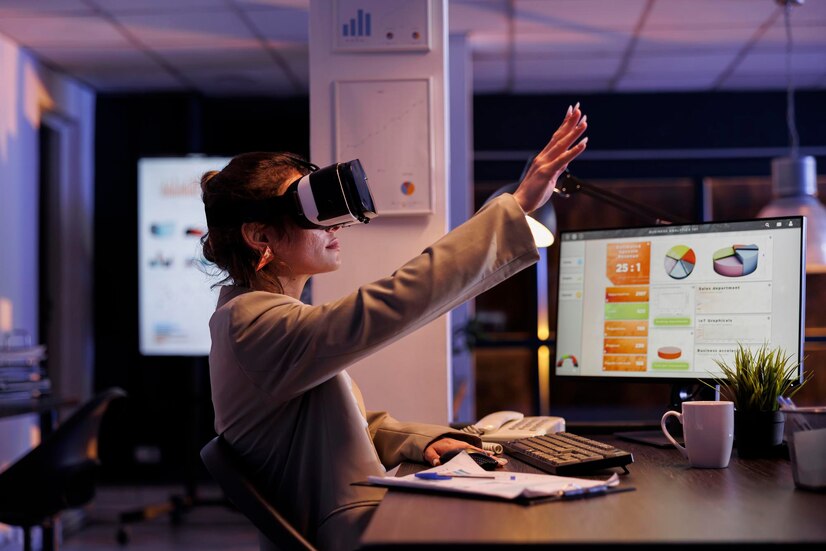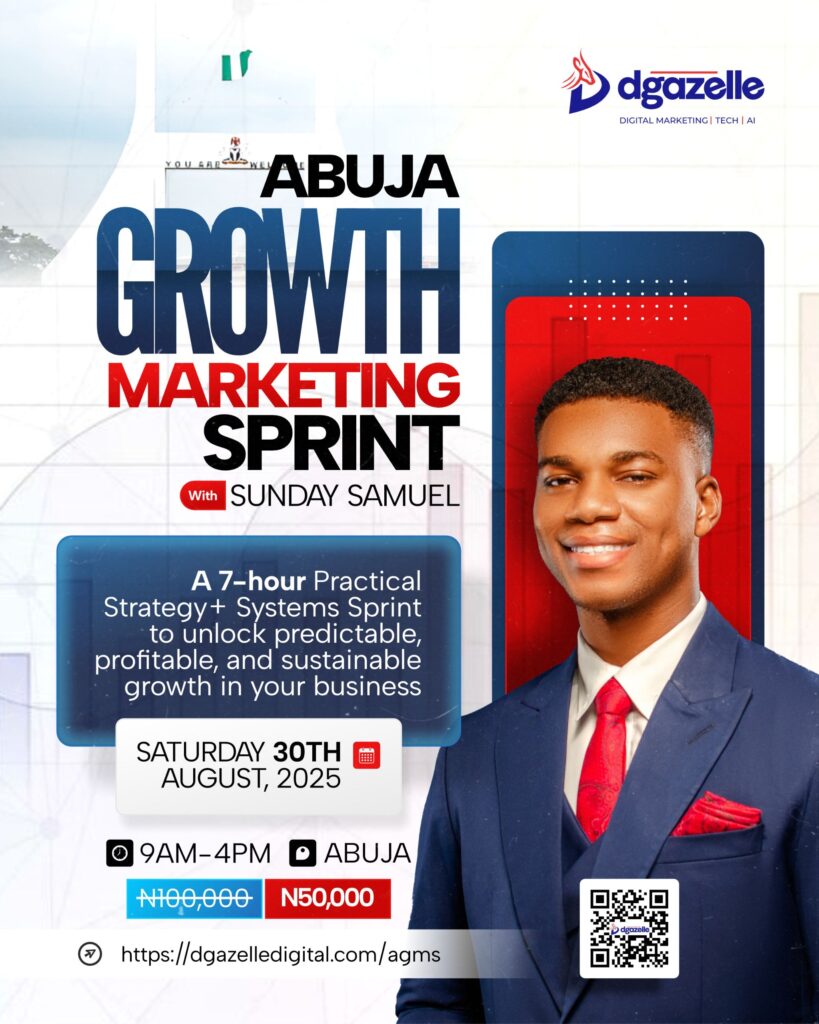It makes sense for brands to stay ahead of the curve if they want to draw in and hold consumers’ attention. Over the course of the year, a number of new developments are transforming customer engagement strategies for brands by utilizing cutting-edge technology including computer-generated imagery (CGI), augmented reality (AR), and artificial intelligence (AI). Let’s look at how these cutting-edge tools are changing marketing tactics in this post. Starting with the most popular one.
AI-Assisted Customization
In the field of marketing, artificial intelligence has become a game-changer by providing hitherto unseen chances for large-scale, individualized involvement. Here, scale is important. The way that brands evaluate customer data, forecast preferences, and customize content to specific likes is being revolutionized by AI-driven algorithms. By integrating machine learning and natural language processing, marketers can provide hyper-targeted messaging that engages with audiences on a personal level.
Chatbots are one of the most widely used AI applications in marketing. These clever virtual assistants may help organizations improve customer experience, increase conversions, and streamline operations by being integrated into their messaging apps and websites. Furthermore, chatbots are a fantastic tool for marketers to gather more insightful data.
Additionally, marketers may provide their target consumers with relevant and interesting material thanks to AI-powered content recommendation engines. Through the examination of user behavior and preferences, these algorithms are able to present tailored recommendations across a variety of digital platforms, such as email newsletters and social media feeds. By providing value-driven material that is catered to specific interests, this focused strategy not only boosts engagement but also promotes brand loyalty.
Augmented Reality: Changing the Way Customers Experience It
Another game-changing technology that will change the marketing scene in 2024 is augmented reality. With AR, brands can create captivating, interactive experiences by superimposing digital elements over the real environment.
The emergence of interactive product visualization tools and virtual try-on experiences has allowed consumers to inspect things in-home before making a purchase. Are you curious how your living room might appear with a new rug? AR is beneficial. Would you like to electronically “try on” an item of clothing? AR is also capable of this. By bridging the gap between the virtual and physical worlds, technology helps shoppers feel more assured before making a purchase.
Subsequently, it also helps reduce the number of returns. I’ll admit, this one isn’t perfect yet. There’s nothing like the real thing, but it’s a huge upgrade to just a product photo from 10 angles.
Moreover, AR-powered advertising campaigns are creating memorable brand experiences that cut through the clutter of traditional marketing channels. By leveraging AR filters, games and interactive storytelling, brands can engage audiences in playful and immersive ways, driving brand awareness and fostering those highly desired emotional connections.
CGI’s Development In Digital Marketing
By blending the lines between reality and imagination in marketing efforts, computer-generated imagery (CGI) is pushing the envelope of innovation in 2024. CGI technology has made it possible for businesses to produce aesthetically spectacular and hyper-realistic material that, like it did for me, captivates people and leaves a lasting impact.
CGI is also transforming the influencer marketing space by enabling firms to build virtual spokespersons and digital avatars to represent their goods and services. With a degree of control and flexibility that traditional influencers simply cannot equal, these CGI influencers help marketers create customized messaging and uphold brand consistency over all touchpoints.
These brand-promoting avatars are still not quite the same as real people producing genuine content for your brand, despite being much more entertaining to watch and simpler to “manage.” Which would you trust more, a CGI avatar or your favorite health influencer who shares before and after photos and gives you the lowdown on their go-to grass-fed collagen supplement that they’ve been testing for the past three months?
Conclusion
The combination of AI, AR, and CGI is a paradigm change in marketing that opens up countless opportunities for originality, creativity, and consumer interaction. Embracing these technologies and utilizing them to create individualized experiences and convey captivating tales can open up new avenues for brand growth and differentiation in a constantly changing digital environment.
But rather than just following the newest trends, it’s critical to approach these technologies with a human creative and strategic perspective, concentrating on providing consumers with value and relevance. I’ll say it again because I firmly think that providing value—whether it takes the kind of inspiration, education, or amusement—will always be more significant than the technology used to do so.
GET IN TOUCH
The future of AI reality is bright, with significant advancements and applications poised to revolutionize various industries, schedule a free strategy session with us today to design and implement strategies of how AI can help your business.







